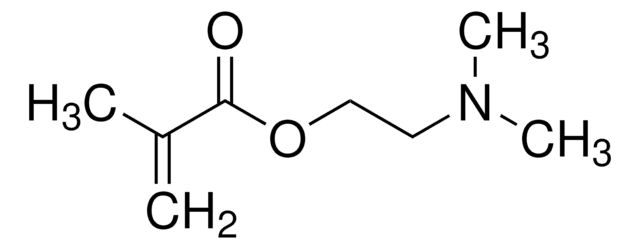274135
N,N-Dimethylacrylamide
99%, contains 500 ppm monomethyl ether hydroquinone as inhibitor
Sinonimo/i:
2-Propenamide
About This Item
Prodotti consigliati
Livello qualitativo
Saggio
99%
Forma fisica
liquid
contiene
500 ppm monomethyl ether hydroquinone as inhibitor
Indice di rifrazione
n20/D 1.473 (lit.)
P. eboll.
80-81 °C/20 mmHg (lit.)
Densità
0.962 g/mL at 25 °C (lit.)
Stringa SMILE
CN(C)C(=O)C=C
InChI
1S/C5H9NO/c1-4-5(7)6(2)3/h4H,1H2,2-3H3
YLGYACDQVQQZSW-UHFFFAOYSA-N
Cerchi prodotti simili? Visita Guida al confronto tra prodotti
Descrizione generale
Applicazioni
- Synthesis of poly(N,N-dimethylacrylamide) (PDMAA) nanoparticles which are used in biomedical and drug delivery applications.
- Use as a co-monomer in the synthesis of thermoresponsive polymers used in smart coatings, adhesives, and sensors.
- As a reactive diluent in the manufacture of UV-cured coatings and inks.
- Use as a co-monomer with polyethylene glycol dimethacrylate (PEGDMA) and a chitosan derivative to develop an injectable hydrogel that can be used as a bone tissue engineering matrix.
- A series of DMMA-based hydrogels for the removal of heavy metals and organic dyes from polluted water. These hydrogels are highly efficient in removing cationic dyes due to electrostatic interaction and hydrogen bonding in the DMMA backbone.
- Non-toxic luminescent carbon dot/poly(DMMA) nanocomposite via surface-initiated reversible addition-fragmentation chain transfer polymerization.
- Polymer coating for quartz crystal microbalance(QCM) sensor. The poly(DMMA) gel acts as a sensing material to adsorb Au(III) ions from HCl aqueous solution and it is inactive to most other metal ions and organic compounds.
Caratteristiche e vantaggi
- It is an appropriate precursor for copolymerization due to its low initiation temperature and high reactivity.
- Its unique structure forms a 3D network and improves the water retention capacity of hydrogels.
- It is highly soluble in water.
- It can easily bind to colloidal particles to enhance the bridging effect which plays a key role in flocculation.
Avvertenze
Danger
Indicazioni di pericolo
Consigli di prudenza
Classi di pericolo
Acute Tox. 3 Dermal - Acute Tox. 3 Oral - Eye Dam. 1
Codice della classe di stoccaggio
6.1C - Combustible acute toxic Cat.3 / toxic compounds or compounds which causing chronic effects
Classe di pericolosità dell'acqua (WGK)
WGK 1
Punto d’infiammabilità (°F)
158.0 °F
Punto d’infiammabilità (°C)
70 °C
Dispositivi di protezione individuale
Eyeshields, Faceshields, Gloves, type ABEK (EN14387) respirator filter
Scegli una delle versioni più recenti:
Possiedi già questo prodotto?
I documenti relativi ai prodotti acquistati recentemente sono disponibili nell’Archivio dei documenti.
I clienti hanno visto anche
Articoli
The manufacture of monomers for use in ophthalmic applications is driven by the need for higher purity, improved reliability of manufacturing supply, but ultimately by the need for the increased comfort, convenience, and safety of contact lens wearers. Daily wear contact lenses have the potential to fill this need for many customers; however, their widespread use is constrained by higher costs compared to weekly- or monthly-based lenses. New approaches that improve cost structure and result in higher quality raw materials are needed to help make contact lenses more affordable and accelerate growth of the contact lens market.
Il team dei nostri ricercatori vanta grande esperienza in tutte le aree della ricerca quali Life Science, scienza dei materiali, sintesi chimica, cromatografia, discipline analitiche, ecc..
Contatta l'Assistenza Tecnica.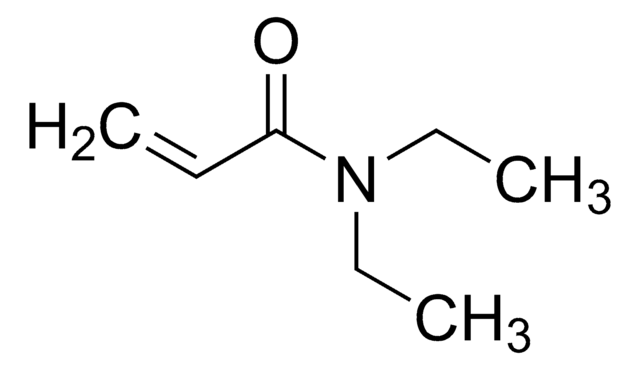

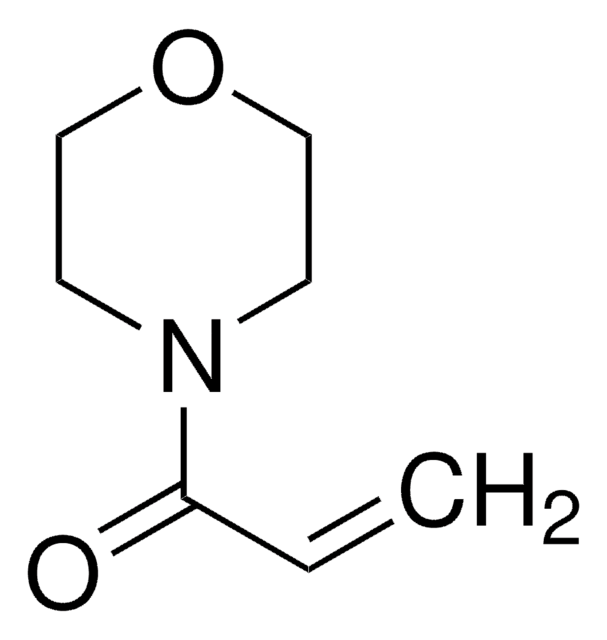


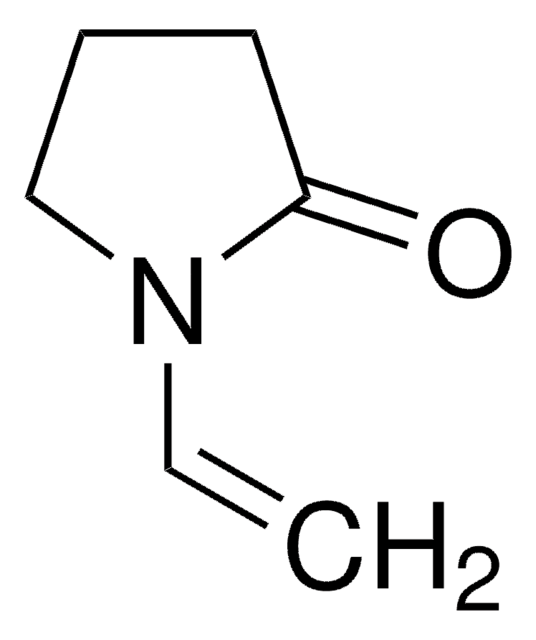
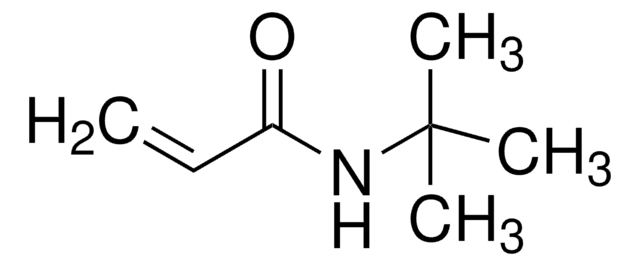





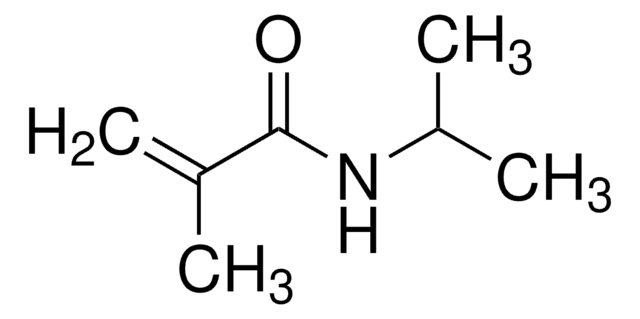


![N-[3-(Dimethylamino)propyl]methacrylamide 99%, contains MEHQ as inhibitor](/deepweb/assets/sigmaaldrich/product/structures/295/145/6b4aae15-7cb5-4b7b-9c06-8e6d24e50951/640/6b4aae15-7cb5-4b7b-9c06-8e6d24e50951.png)
![3-[Tris(trimethylsiloxy)silyl]propyl methacrylate contains MEHQ + HQ as stabilizer, 98%](/deepweb/assets/sigmaaldrich/product/structures/148/664/33ff5116-f264-4a64-824a-009c2ca5b2b3/640/33ff5116-f264-4a64-824a-009c2ca5b2b3.png)
